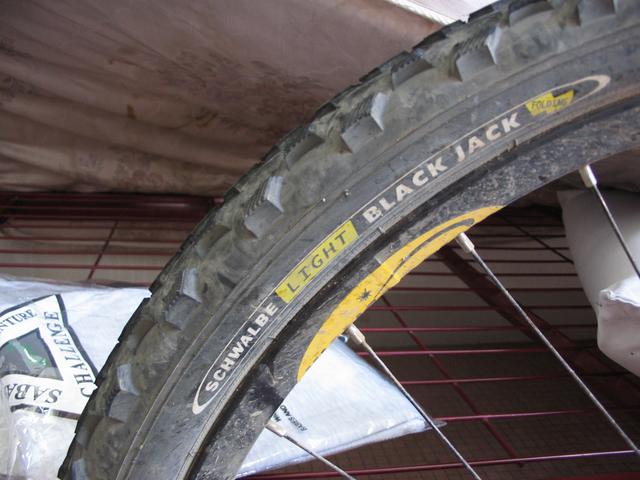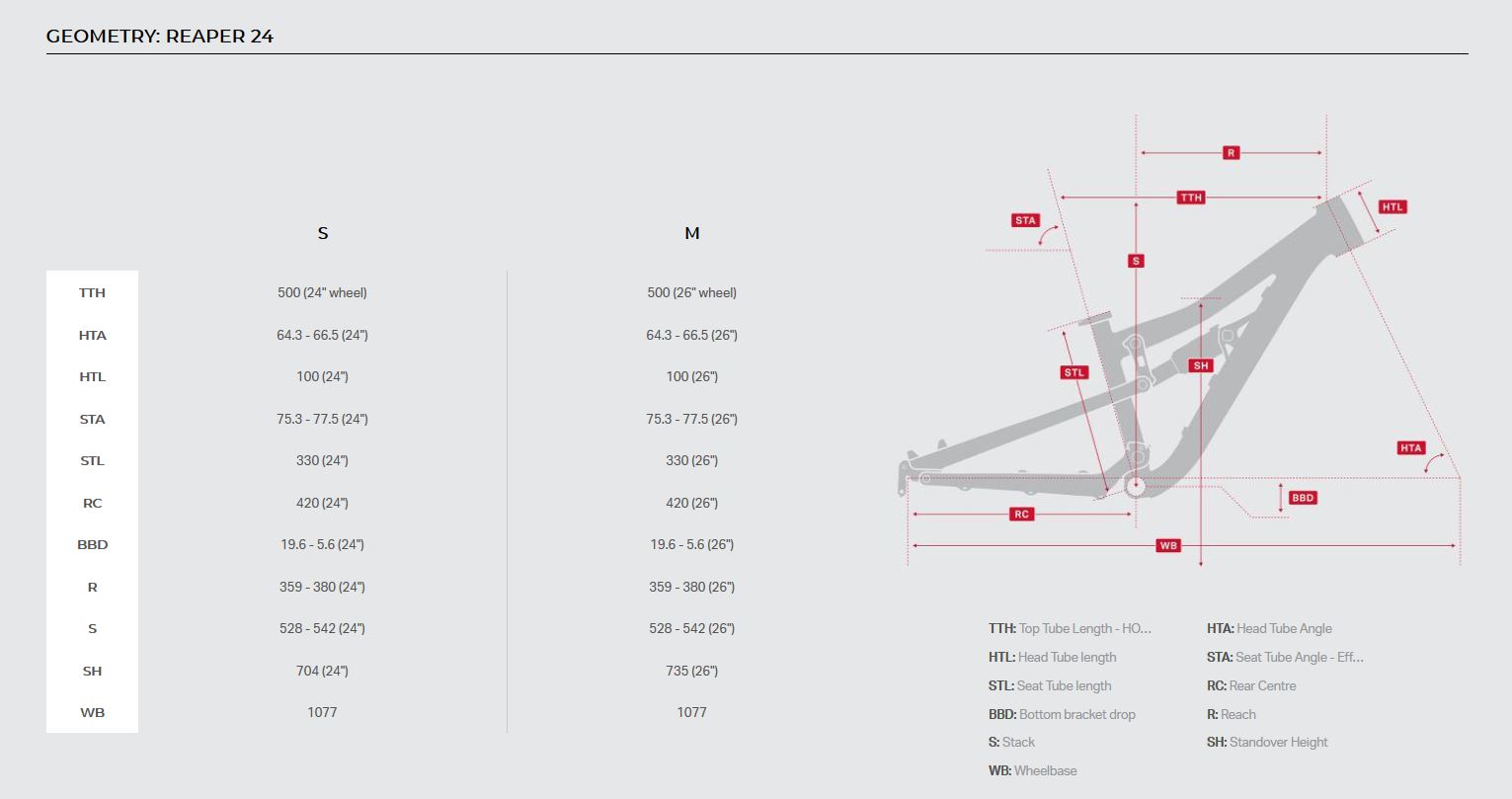Schwalbe Black Jack 2.1 Test
- The basis for all Active Line tires is the high-quality 50 EPI casing material. SCHWALBE no longer produces tires with a coarse 20 or 24 EPI casing material. In addition, K-Guard provides effective puncture protection for Active Line tires.
- 33-35 = 30 psi/2.1 bar 36-40 = 27 psi/1.9bar Extra Low Air Pressure: 34.0 Watts CRR: 0.01019 The CX/Gravel section is a multi tire size section, air pressures have been adjusted to the measured casing width. All numbers are for a single tire at a speed of 29 km/h / 18 mph and a load of 42.5 kg / 94 lbs.
- The slightly smaller 2.1 Thunder Burt is still available in LiteSkin, SnakeSkin, and RaceGuard versions. This tire was sent to me by Schwalbe Holland for test purposes; I want to thank them for this! It also shows they have a lot of confidence in their products. Ad Buy Schwalbe Thunder Burt TL-E PaceStar at Amazon.com.
- Schwalbe Black Jack Bike Tyre 26x2.10 - Black Versatile and grippy with low rolling resistance, the Schwalbe Black Jack Bike Tyre - Black offers good performance on a variety of terrains, from hard pack to loose dirt to tarmac. Shoulder blocks help with high speed cornering and puncture resistance grants greater longevity.
German tire manufacturer Schwalbe is renowned for its large variety of bike tires. It recently reworked its range of wares, including adding new features such as the Evolution? carcass design and Qualifier Compound? to boost competition performance on its mountain bike tires. The range of Black Jack tires are touted as extreme conditions tires, meant for the likes of enduro competition and marathon cross-country rides. I tested the 2.1-inch UST version of the Black Jack.
First Impressions
Then I received a set of 27.5″ Jones C-Rims to test out (more on those later) shod with Schwalbe’s G-One Allround tires. In swapping them out, the weight of the wheelset dropped by a whole 1550g (3.4 lbs), the majority of which is rotational, so especially noticeable when you kick up a bike to speed.
Upon inspection of the direction-variable tire carcass, one finds center knobs that measure an astounding 5 mm high! What is more, each individual knob is bulky, with no secondary step-up knobs, nor ramped in any way. Initial opinion tends towards dismissing these extreme condition tires as having extremely high on-road rolling resistance, but that is not the case. The center knobs, which are shaped in an irregular angled claw-like shape, are spaced very closely to each other. They are almost interlocking, in a continuous pattern, for the sake of reducing rolling resistance. This is typical of ?all terrain? type tires, commonly found on commuter or touring bikes.
The side knobs are not particularly big, but they are angled according to the rotational direction for optimal performance as the front or back tires. Schwalbe calls these Off-Camber Grip shoulder blocks, and are meant for high-speed off-road cornering. They are widely spaced, presumably to facilitate mud clearance. Small lateral ridges on the side knobs are an additional feature that might improve the grip of these tires when the bike is leaned over on turns.
The carcass, which can be folded, consists of a 1mm-high step-up layer around the centre knob portion that branches out at intervals to the side knobs. This in itself offers extra durability and some protection against small thorn or splinter pricks that are typical in a tropical or desert off-road environment.
The sidewalls of the tires give all the relevant information. Recommended pressure range is 35-55 psi, or 2.5-4.0 bar. Direction arrows are found on both sides, and lettering that proclaims ?Made in Indonesia? is visible as well. Not seen was the amount of threads per inch (tpi) ? 67.
The bead itself is fairly thick, even by UST standards. Immediately apparent were frills of excess rubber on portions of the inner edges, as well as little rubber ?hairs? that stuck out on the outside face of the bead. This constituted a palpable lapse in quality control, as it did affect the mounting process. Plucking these extra bits of rubber out by hand would be the only viable solution to ensure proper mounting and sealing of the tire.
Weight-wise, it is listed as weighing 720 grams per piece. Not the lightest amongst today?s crop of UST XC racing tires, but recommended if long distances and more extreme terrain is the name of the game.

Black Jacks in Action
The tires were mated to Mavic X317 rims for standard tubed wheel trials. As expected, the UST-specific bead proved highly challenging to mount and dismount, even with metal tire levers. On a whim, the tires were mounted to a Mavic Crossmax SL rim. This proved easier, and the bead of the tire sat comfortably as it was designed to.
For tubeless trials, the tires were fitted to Stan?s NoTubes Olympic Disc Rims with Stan?s sealant. Owing to the large size of the tire beads, mounting was once more a chore. Casualties of the process included one damaged rubber rim strip, a broken tire lever, and plenty of finger skin rubbed raw. Occasionally, the bead did not sit properly due to the excess rubber frills on the bead edge, and had to be re-adjusted by prying the affected section off and remounting once more. Once the knack for tweaking the bead was discovered, however, the process was easily accomplished, even with plastic levers. Such luck was not forthcoming when converting a set of Mavic 217 rims, as the tires could simply not hold air even after a tortuous mounting process. This could be attributed to varying rim designs that do not accommodate the bead when modified with the Stan?s rim strip.
The verdict is that Black Jacks are pretty much suitable for Mavic UST rims, but are a risky proposition for any other tubeless-converted rims that may turn out to be incompatible. Sticking to the standard version of these tires for conversions is the safest bet.

On asphalt and pavement, the Black Jacks shone. They are supremely quiet, particularly when the air pressure is ramped up past 45 psi. Below 40 psi, and the medium-sized side knobs start their racket. The expected lack of rolling resistance is appreciable, although not fantastic. It is comparable to the Schwalbe Racing Ralphs, but with much better side knob grip especially on fast road corners and tiled surfaces.

On grass, the traction is remarkable. I took it directly up damp grassy hills with up to 80% inclines (about 36˚ from the horizontal) with very little slippage. The claw-like centre knobs bit into the grass for superior traction even as the side knobs were not at full potential contact at the higher pressures. On off camber climbs at high pressures however, it tended to slip.
Schwalbe Black Jack 2.1 Tester
Loamy soil presented a different problem ? the centre knobs were apt to slip. Reduction in tire pressure to below 40psi seemed to improve traction and braking via the side knobs. Similarly, roots ? both dry and wet ? were overcome by judiciously lowering pressures. Higher pressures resulted in tires skidding off angled roots or spinning on larger, damp logs. The ability to allow the bike to lean into corners at high speeds on loamy soil was a plus.
Schwalbe Black Jack 26 X 2.1 Test
Mud proved to be the bugbear of the Black Jacks. The high, closely-spaced center knobs offered little straight line traction, with only average braking properties, and spinning on the uphills was a constant problem, particularly on clayey mud. On the upside, the Black Jacks were beautiful mud-shedders, and dropped off the gunk with alacrity on fast sections and downhills. When mud turned to hardpack however, these tires had few equals. Cornering was extremely precise, and straight line rolling resistance was minimal.
Gravel, sand and loose surface performance was appreciable. In several instances, I managed ? with a tire pressure of 45 psi on the rear and 40 psi up front – to clock speeds in excess of 55 km/h, with 40 km/h turns, holding it together thanks in no small part to the excellent side knob bite. Braking was safe and effective, and climbing was a joy, particularly when smoother fine-grained sections presented themselves.
Durability
In training and competition, I clocked some 250 kilometres on the Black Jacks, about 60% of which was off-road. It was noted that wear was minimal on the side knobs, and although the center knobs appeared lower in height, the right angle of their edges were maintained. Rolling resistance did not lessen (as tires which wear out are apt to do), but traction remained predictable and consistent.
This was after taking the tires through 100 kilometres of gravel logging trails, singletrack, and potholed fire roads in this year?s Sabah Adventure Challenge. Lesser tires would have ripped open on one of the myriad sharp, potentially rim-dinging rocks that were par for the course, particularly on the fastest downhill sections. Or they would have simply worn down to bald, slippery carcasses. Not so the robust Black Jacks ? their outward appearance seemed intact and their wear rates very agreeable.
The additional security by going tubeless accentuated the high-speed handling of the Black Jacks by being able to run relatively a low pressure of just 40 psi, whereas other standard tube-equipped competitors were safely in the 50-60 psi range to avoid pinch flats ? at the expense of traction. Still, penetration punctures were inevitable: The Black Jacks I used suffered at least two rock-induced cuts over the three days of competition, which were thankfully taken care of by the Stan?s sealant.
Upon closer inspection of the tires post-race, it was found that between the two tires, at least three center-knobs had their leading edge (the ?sharp? point end of the knob pattern) torn partially from the main carcass, exposing the ridged mid-layers beneath. Heavy braking was the most likely cause of this damage, but it highlighted possible long-term durability issues under demanding conditions. As was the case in Sabah, there were long downhills that descended more than 200 vertical metres in elevation in a matter of 4 minutes, with generous applications of brakes at the bottom of slopes to negotiate sharp corners ? all plausible causes for ripped knobs, a common malady of tires with high-profile knobs.

Conclusion
I really believe that Schwalbe have a potentially winning hand in the Black Jack range of tires. It boasts a full house of tried-and-true features derived from contemporary trends in tire design that make it a standout long-distance mountain bike thread. It comes up short of a royal flush though, due to minor quality control issues that affect the ease of inflation. I reckon that slight adjustments to the design profile of the center knobs might render improved knob integrity despite heavy braking or even skidding. So far, the pair I have is holding up very well.
Other versions of the Black Jack Available include tires in 1.90 and 2.25-inch widths, as well as Race Guard, Puncture Protection, Light, and Sport variations.